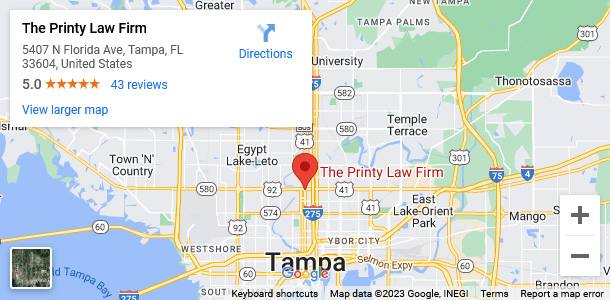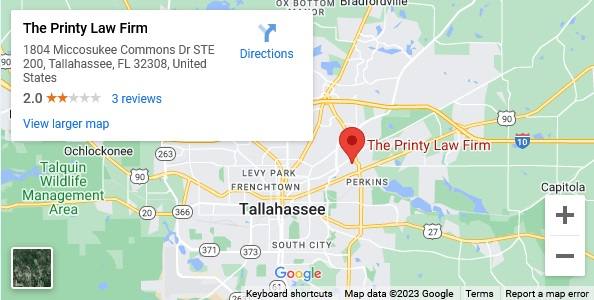Sexual harassment in the workplace is a serious issue that undermines professionalism, creates hostile environments, and violates federal and state employment laws. Both employees and employers must understand what sexual harassment is, how it can occur, and what legal protections exist.
What Is Sexual Harassment?
Under Title VII of the Civil Rights Act of 1964, sexual harassment is a form of sex discrimination. It occurs when unwelcome sexual conduct—whether verbal, physical, or visual—affects someone’s employment, interferes with their work performance, or creates an intimidating, hostile, or offensive work environment.
Sexual harassment generally falls into two categories:
- Quid Pro Quo Harassment – This happens when employment decisions (such as hiring, firing, promotions, or raises) are conditioned upon submission to sexual advances or conduct. For example, a supervisor implying that an employee must go on a date in order to keep their job.
- Hostile Work Environment – This occurs when unwelcome sexual behavior is severe or pervasive enough to make the workplace intimidating or offensive. The conduct does not have to come from a supervisor; it can involve coworkers, clients, or even third parties in the workplace.
Examples of Sexual Harassment
Sexual harassment can take many forms. Some common examples include:
- Verbal conduct: sexual jokes, comments about appearance, unwanted sexual advances, or suggestive remarks.
- Nonverbal conduct: leering, obscene gestures, displaying sexual images or materials.
- Physical conduct: unwanted touching, hugging, kissing, blocking someone’s path, or sexual assault.
- Digital harassment: sending explicit texts, emails, or social media messages.
Even one incident may qualify as sexual harassment if it is particularly severe (for example, physical assault). Other times, repeated comments or behaviors can create a hostile environment over time.
Legal Protections Against Sexual Harassment
Federal law protects employees from sexual harassment, and many states, including Florida, have additional laws that expand protections and remedies. Employers with 15 or more employees are covered under Title VII, but state law may apply to smaller employers as well.
Importantly, both men and women can be victims of sexual harassment, and the harasser can be of the same or opposite sex.
Employer Responsibilities
Employers are legally obligated to:
- Maintain a workplace free of harassment.
- Create and enforce anti-harassment policies.
- Provide reporting procedures for employees.
- Investigate complaints promptly and thoroughly.
- Take corrective action when harassment is found.
Failure to address sexual harassment can result in liability for the employer, including lawsuits, financial penalties, and reputational harm.
What Employees Should Do
If you experience sexual harassment at work:
- Document the conduct – Keep notes, emails, or messages as evidence.
- Report it – Follow your company’s reporting procedures or notify HR or a supervisor.
- Seek legal advice – If your complaint is not addressed, you may have legal claims under federal and state law.
Final Thoughts
Sexual harassment is more than just inappropriate behavior—it is a violation of workplace rights. Employees should never feel unsafe or pressured because of sexual conduct, and employers must take proactive steps to prevent and address harassment.
If you believe you are facing sexual harassment in the workplace, consulting with an employment law attorney can help you understand your rights and options.





